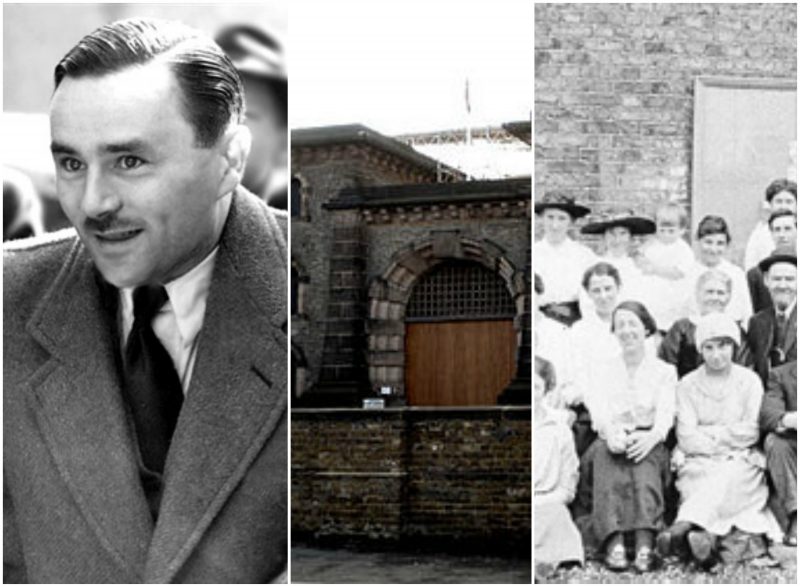John George Haigh proved himself a very intelligent student with a passion for classical music. As a youth from Stamford, Lincolnshire, winning scholarships for Wakefield Grammar School and Wakefield Cathedral showed promising results and a good future for the young man.
But this was not the case. His very conservative parents and strict upbringing completely threw the boy off-course, setting in motion a cunning killing machine who will be forever remembered as the Acid Bath Murderer.
Haigh was convicted of brutally murdering six people, while he himself claimed he had killed nine. The serial killer started out as a petty thief, with biblical delusions that he was unpunishable by the authorities.
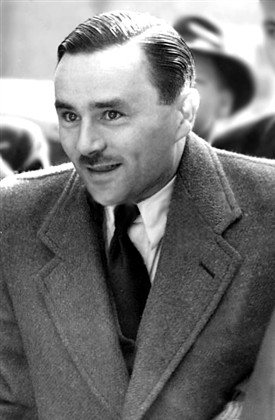
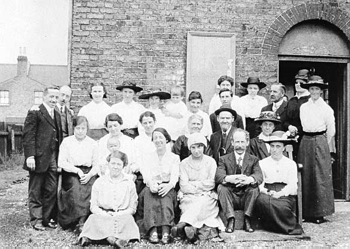
What makes his case bizarre is that he used vats full of sulphuric acid to “clean-up” his crimes. After killing his victims, he robbed them of valuable possessions before dumping the bodies in a vat full of acid. After two days, the bodies turned to organic sludge, which made it easier for him to pour the remains into the sewer.
He learned this gruesome method from experimenting with mice. The rodent’s bodies only needed 30 minutes to completely dissolve in the highly acidic substance.
The police records and evidence claim that Haigh was cunning, but not witty. He learned about the corpus delicti law terminology, which claimed that “a crime must be proved to have occurred before a person can be convicted of committing that crime.” He thought that “in the absence of a body of evidence, murder could not be proven”.
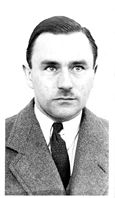
Constance Lane, a friend of the wealthy widow Olive Durand-Deacon, Haigh’s last unfortunate victim, alerted the police that her friend was missing and sparked the investigation which would imprison him. Apparently, the killer was an acquaintance of Durand-Deacon. He lied to her about being an engineer and said he would meet her in order to discuss an idea for artificial fingernails.

Haigh shot Durand-Deacon with his .38 caliber Webley revolver in the back of her head, took her valuables, and proceeded to dump the body in a vat. Detectives inquired about his theft and fraud record, which raised suspicion and decided to search his workshop where the vats were. They managed to find a dry cleaner’s receipt for Mrs. Durand-Deacon’s coat, which led to Haigh’s capture.
Further investigating the workshop, famous pathologist Keith Simpson discovered gallstones and teeth in the sulphuric acid vats, where Mrs. Durand-Deacon’s dentist recognized them as hers.
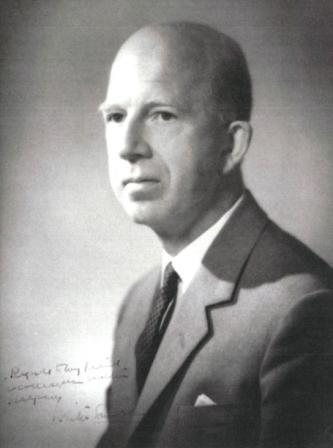
After failing to plead insanity, John George Haigh was hanged in Wandsworth Prison by executioner Albert Pierrepoint on 10 August 1949. The judge needed only minutes to declare him guilty.
Read another story from us: Nazi Murderer honored as a hero
The delusional killer literally took the phrase “body of evidence” as a corpse, completely misinterpreting the figurative terminology. This is why he was fond of the grisly method of dissolving the bodies in acid. Once thinking that his acid vat plans were foolproof, this later resulted in his capture and execution.
